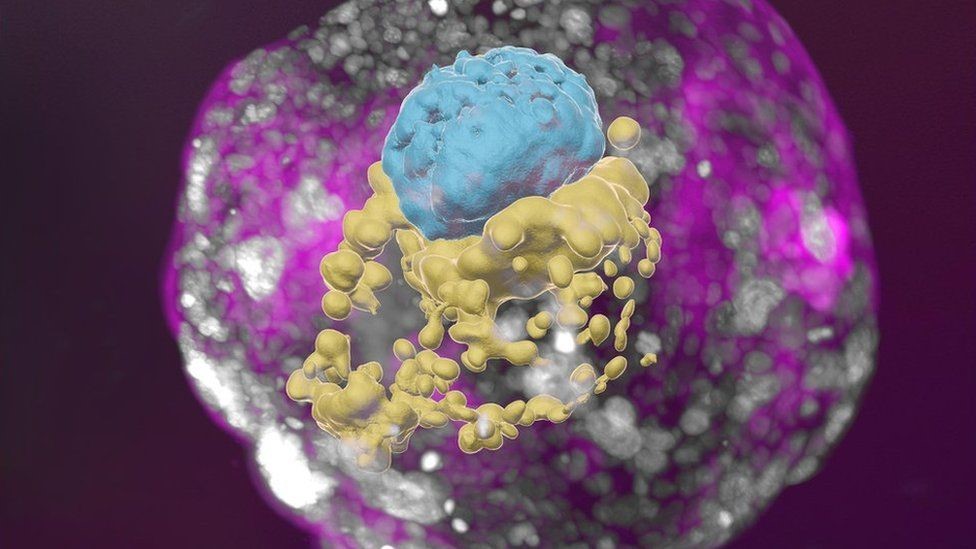Free Courses Sale ends Soon, Get It Now


Free Courses Sale ends Soon, Get It Now



Disclaimer: Copyright infringement not intended.
Context
Details
Creating the Embryo Model
Efficiency
Ethical Importance
Significance of Embryo Research
The 14-Day Limit
Insights from Models
Future Possibilities
About Human Embryo
Definition of a Human Embryo
Embryonic Development Timeline
Critical Periods in Embryonic Development
Importance of the Human Embryo
Ethical and Legal Considerations
Medical and Scientific Research
Assisted Reproductive Technologies (ART)
|
PRACTICE QUESTION Q. Discuss the significance of studying human embryos in scientific research and medical advancements. Explain the ethical considerations and regulatory frameworks surrounding human embryo research. (150 Words) |
© 2024 iasgyan. All right reserved